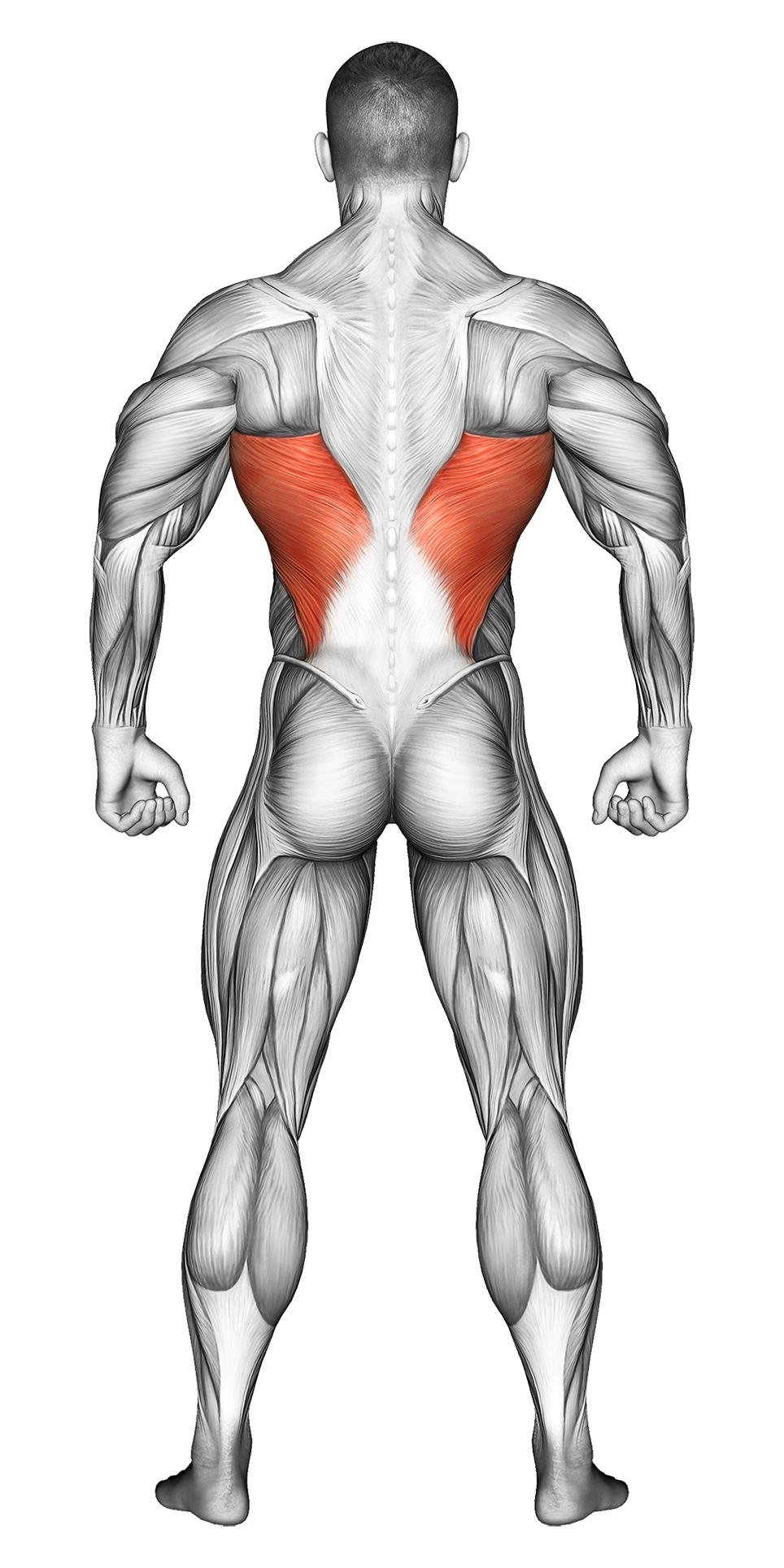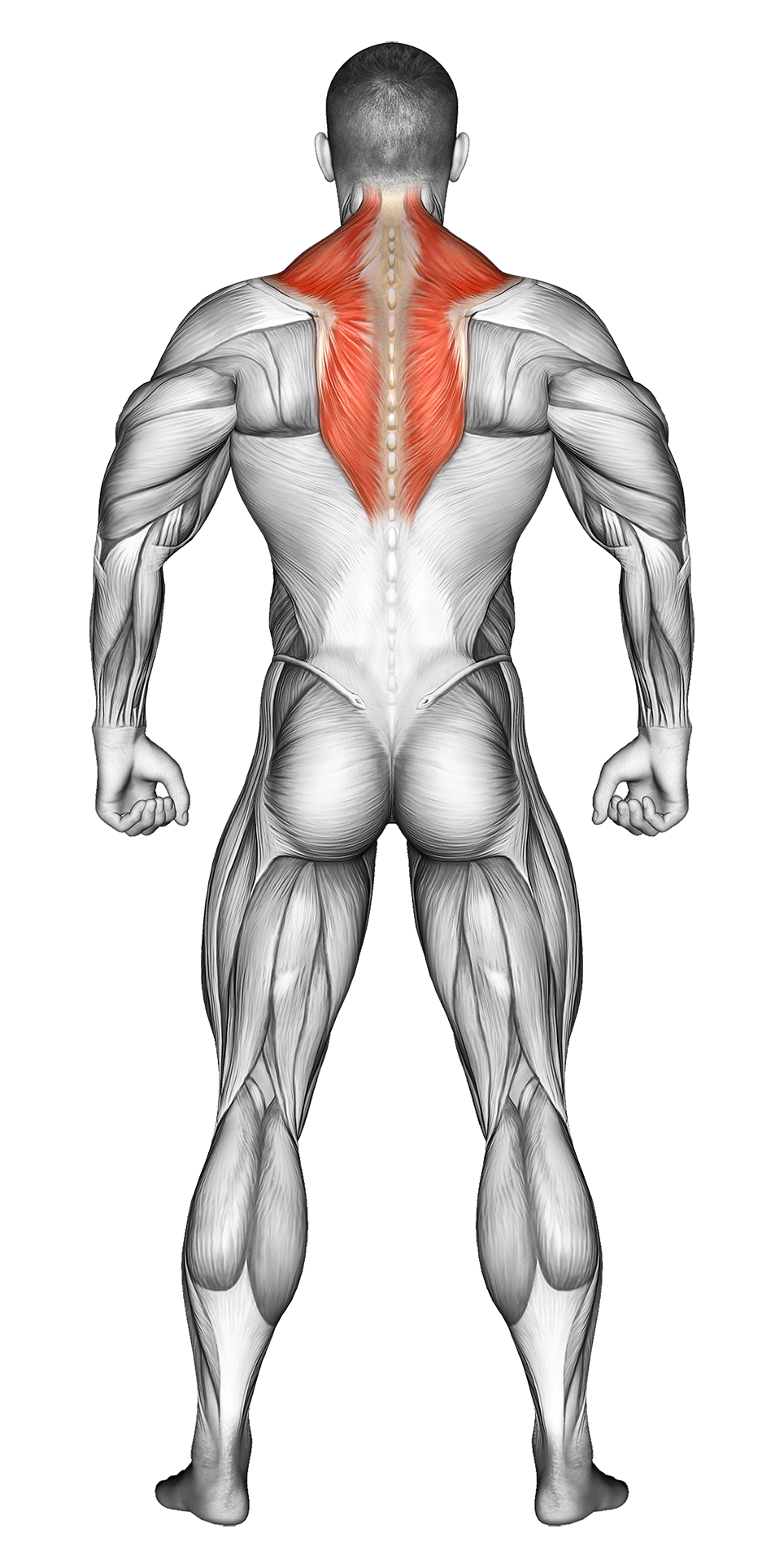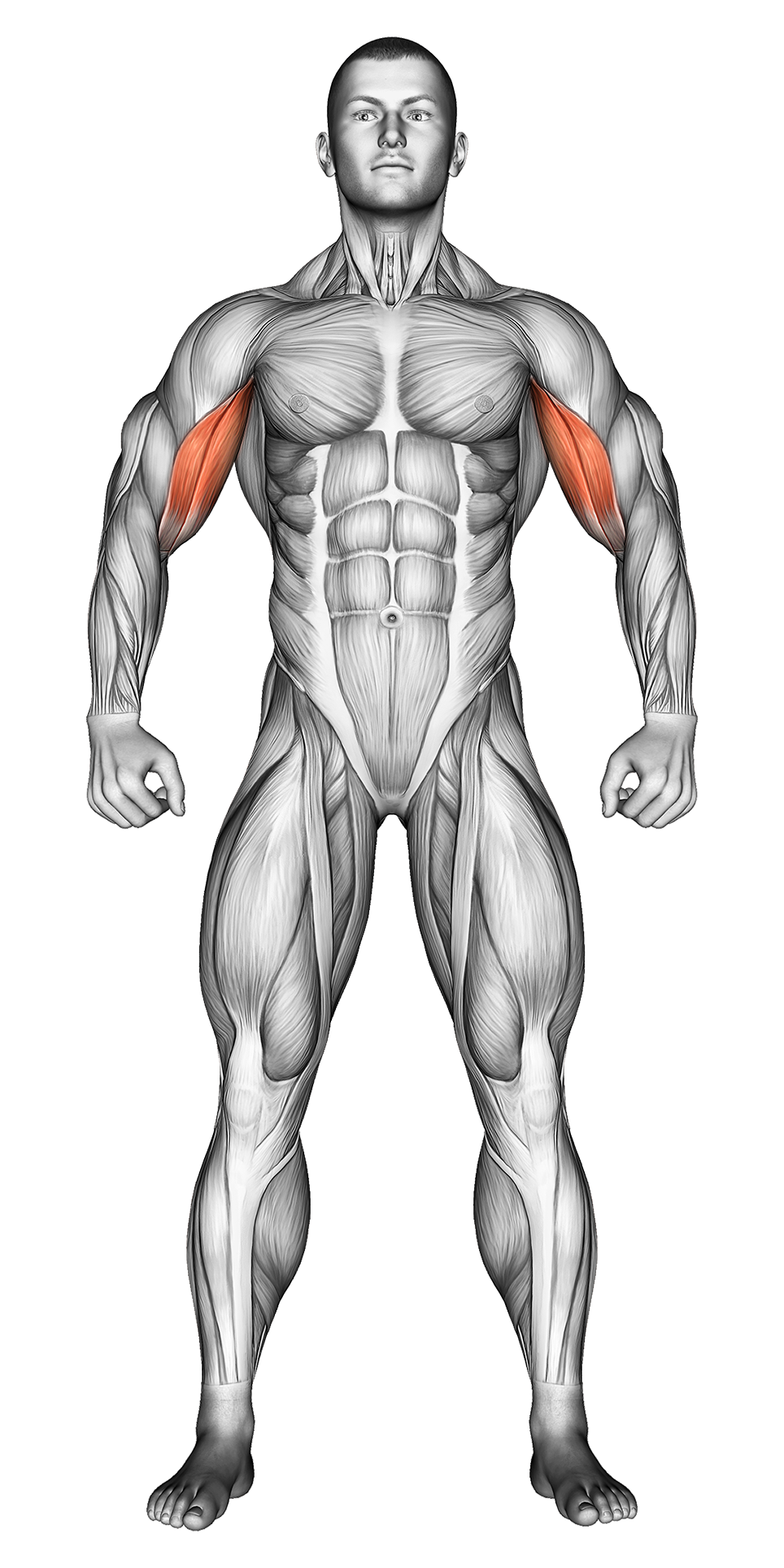V-Bar Pull Up: Video Tutorial & Exercise Guide
| Workout | V-Bar Pull Up |
| Primary Muscle Group | Lats |
| Secondary Muscle Group | Traps, Biceps |
| Equipment Required | Pull-Up Bar |
| Force Type | Pull |
| Mechanics | Compound |
| Exercise Type | Strength |
| Difficulty | Advanced |
V-Bar Pull Up: Video Tutorial & Exercise Guide
How to do V-Bar Pull Up – Step-by-Step Guide
- Step 1: Position yourself underneath a pull-up bar that has a V-bar (neutral grip attachment) attached. Grasp the handles of the V-bar with both hands, palms facing each other (neutral grip).
- Step 2: Hang from the bar with your arms fully extended and your legs crossed behind you. Engage your core to maintain a stable body position and avoid swinging.
- Step 3: Begin the movement by pulling your chest toward the V-bar by bending your elbows and engaging your back muscles. Focus on driving your elbows down toward your ribs.
- Step 4: Pull until your chest is close to the V-bar and your chin is above the bar. Squeeze your shoulder blades together at the top of the movement.
- Step 5: Slowly lower yourself back to the starting position with control, fully extending your arms. Repeat for the desired number of reps.
V-Bar Pull Up Overview
The V-Bar Pull Up is a variation of the traditional pull-up that uses a neutral grip (palms facing each other) and a V-bar attachment. This grip places less strain on the shoulders and wrists while allowing for a more natural pulling motion. The neutral grip also emphasizes the engagement of the biceps and the upper back muscles, making it an effective exercise for building strength and muscle mass in the upper body.
This pull-up variation is a great option for those looking to diversify their back workout, reduce strain on the shoulders, or improve their overall pulling strength. It is highly effective for building the latissimus dorsi, trapezius, and biceps.
Benefits of V-Bar Pull Up
The V-Bar Pull Up targets the latissimus dorsi, trapezius, and rhomboids in the back, while also heavily engaging the biceps and forearms. The neutral grip allows for a more natural arm position, reducing strain on the shoulder joints and making it a great option for those with shoulder discomfort during traditional pull-ups.
This movement also improves overall upper body strength, especially in pulling motions, which translates well to other exercises like deadlifts and rows. The V-bar grip further enhances grip strength and reduces wrist strain, making it ideal for beginners and advanced lifters alike.
V-Bar Pull Up Pro Tips & Advanced Techniques
Focus on controlled movements throughout the entire range of motion, avoiding swinging or jerking motions. To maximize back engagement, think about pulling your chest toward the V-bar rather than simply lifting your chin over the bar. For an added challenge, slow down the eccentric (lowering) phase or add weighted pull-ups with a dip belt. Ready to build upper body strength? Let’s pull up!
Progression Plan for V-Bar Pull Up
| Level | Sets | Reps | Progression Tips |
|---|---|---|---|
| Beginner | 2 | 3-5 | If you are new to pull-ups, use a resistance band or an assisted pull-up machine to help you complete the movement while focusing on proper form. |
| Intermediate | 3 | 6-8 | Increase reps as you build strength. Focus on squeezing your shoulder blades together at the top and maintaining control throughout the movement. |
| Advanced | 4 | 8-12 | Add weight using a dip belt or weighted vest for added intensity. Slow down the eccentric phase to increase time under tension and build more strength. |
Frequently Asked Questions (FAQs) of V-Bar Pull Up
What muscles do V-Bar Pull Ups target?
This exercise primarily targets the latissimus dorsi, trapezius, and rhomboids in the back, while also engaging the biceps and forearms.
Are V-Bar Pull Ups easier than traditional pull-ups?
The neutral grip of the V-Bar Pull Up can make it easier for some people by placing less strain on the shoulders and wrists, while also engaging the biceps more. However, the difficulty depends on your individual strength levels and experience.
How can I make V-Bar Pull Ups more challenging?
To increase the difficulty, add weight with a dip belt or weighted vest. You can also slow down the eccentric phase or increase the number of reps to build more strength and endurance.
How often should I include V-Bar Pull Ups in my routine?
Include this exercise 2-3 times per week as part of your upper body or back workout. It pairs well with other pulling exercises like rows and deadlifts for a complete back routine.
What common mistakes should I avoid?
Avoid swinging your body or using momentum to complete the pull-up. Focus on controlled movements, engaging your back muscles, and pulling your chest toward the bar rather than just lifting your chin.
Share


